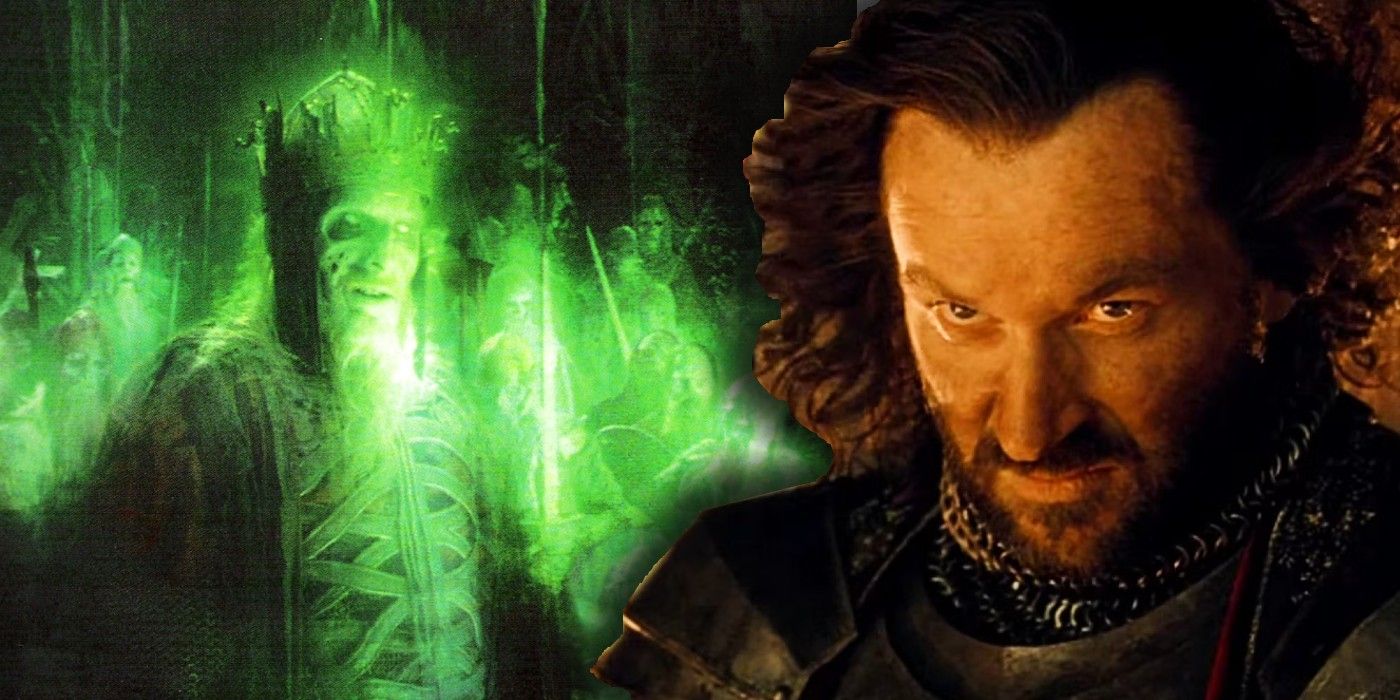
After a tense encounter, the Army of the Dead agrees to aid the film’s heroes in defending Gondor against the forces of the Dark Lord Sauron. The film offers only a little insight into who these warriors were in life. Thankfully this is not the case with the novel, The Return of the King. In it, J. R. R. Tolkien further explores the Men of Dunharrow’s role in Middle-earth and the crime that earned their curse.
This article was updated on November 3, 2024, by Christopher Raley: The Men of Dunharrow play a significant role in The Return of the King, both the book and the movie adaptation. They are significant to the lore of Rohan, to Aragorn’s ascendency to the throne of Gondor, and the fight against Sauron. But who were they and why were they cursed? More details about the Men of Dunharrow, and the article were updated to conform to CBR’s current publishing standards.
Who Were the Men of Dunharrow?
They Once Swore Allegiance to Isildur
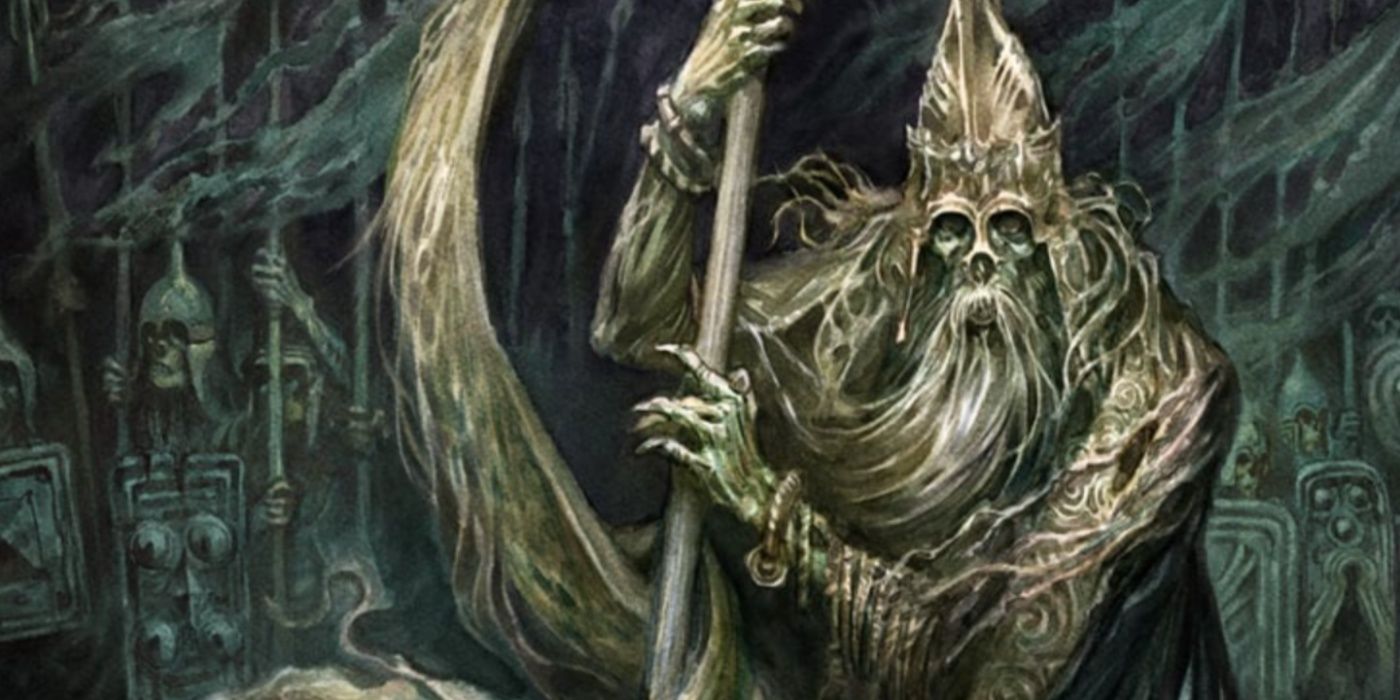
Dunharrow was a region of the White Mountains in the land that would eventually become Rohan. The earliest inhabitants of Dunharrow were men related to the Dunlendings, the Wildmen whom Saruman coaxes into attacking Rohan in The Two Towers. In the Second Age, when Sauron rose to power, the Men of Dunharrow revered him. Unlike the Easterlings and Haradrim, Tolkien did not indicate that the Men of Dunharrow worked with Sauron. He implied that they treated Sauron more like a god, one to be worshipped from afar but not directly interacted with
After the Fall of Númenor in the Second Age, the Númenóreans settled in Middle-earth. One such Númenórean was Isildur, who founded the kingdom of Gondor in the area including Dunharrow. Despite the Men of Dunharrow’s affiliation with Sauron, they did not quarrel with the Gondorians. The King of Dunharrow pledged allegiance to Isildur. He swore upon the Stone of Erech, a Númenórean monument, that he would aid Gondor in times of danger.
Isildur Cursed the Men of Dunharrow
They Could Not Die Due to the Curse
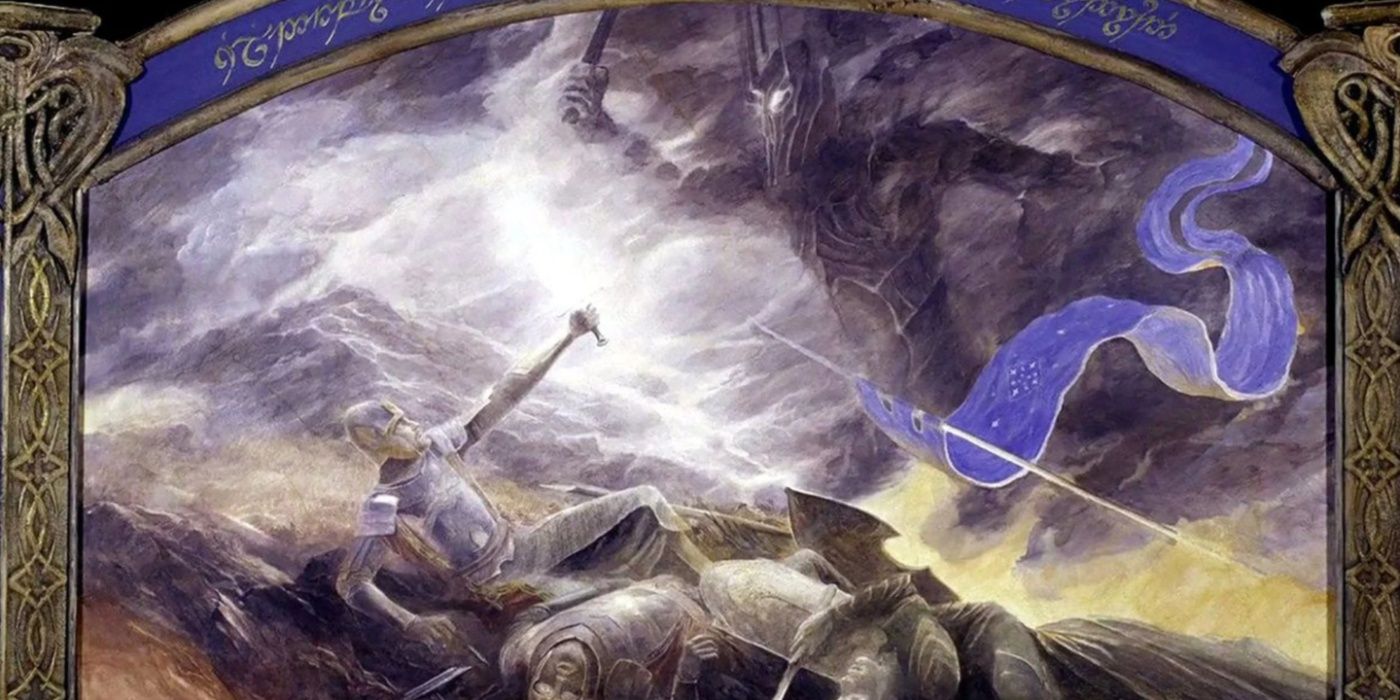
About a century later, Sauron attacked Gondor. This sparked the War of the Last Alliance, and Isildur called for all of his allies to aid him. All of them answered — except the Men of Dunharrow. Though they no longer actively worshipped Sauron, they refused to fight him since they had once considered him their god. For betraying their oath, Isildur cursed them. As Aragorn recounts in the chapter “The Passing of the Grey Company” from The Return of the King, Isildur told the King of Dunharrow, “Thou shalt be the last king… this curse I lay upon thee and thy folk: to rest never until your oath is fulfilled.”
From this moment forth, the Men of Dunharrow were known as the Oathbreakers, and they lived out the rest of their days in the tunnels of the White Mountains. Their bodies died, but because of Isildur’s curse, their spirits could not pass on to the Halls of Mandos. They were bound to Middle-earth, doomed to linger in Dunharrow for over 3,000 years.
Contrary to what the term “curse” implied, Isildur did not cast a spell on the Men of Dunharrow. Rather, the magically-binding nature of oaths was a constant in Middle-earth, as proven time and time again in The Silmarillion. To Tolkien, breaking an oath was a heinous act. The power of oaths and curses comes up again later in The Lord of the Rings. In the chapter “Mount Doom” from The Return of the King. Frodo says to Gollum, “If you touch me ever again, you shall be cast yourself into the Fire of Doom,” a curse that does not last nearly as long as the one placed on the Men of Dunharrow.
The Men of Dunharrow Haunted Rohan
The Rohirrim Feared the Paths Of the Dead
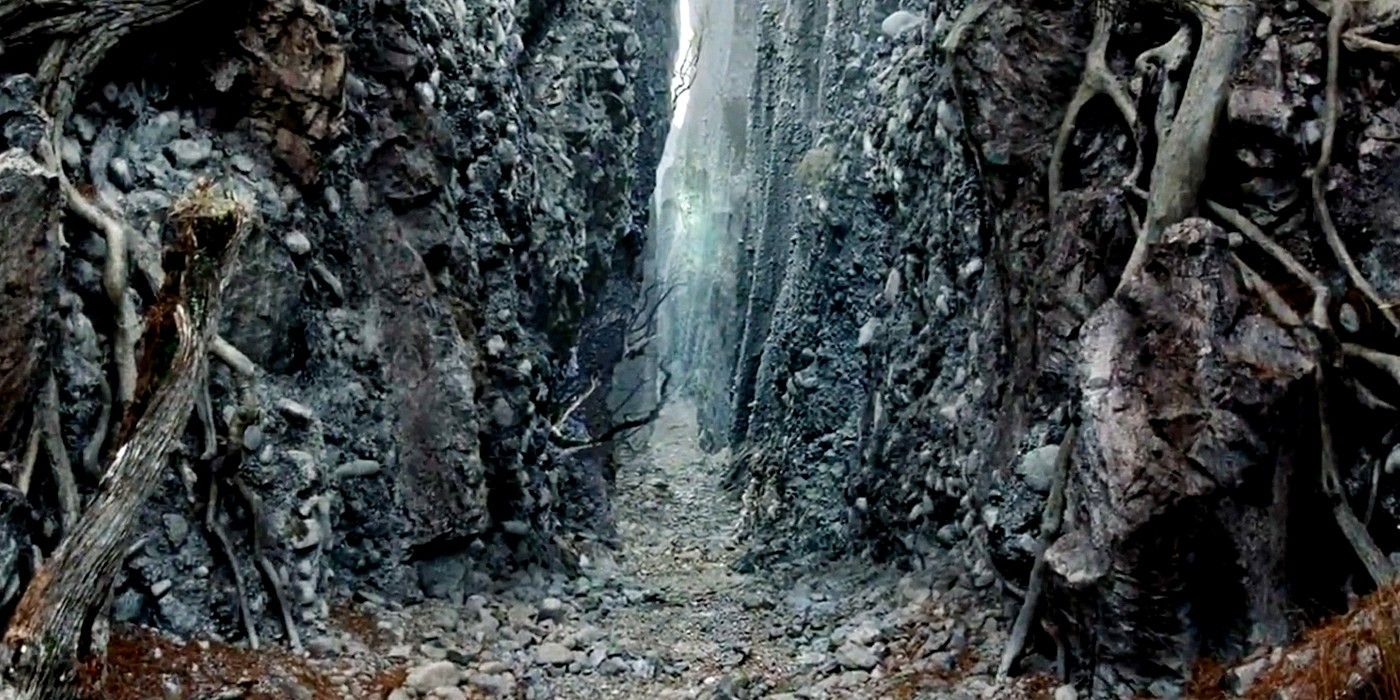
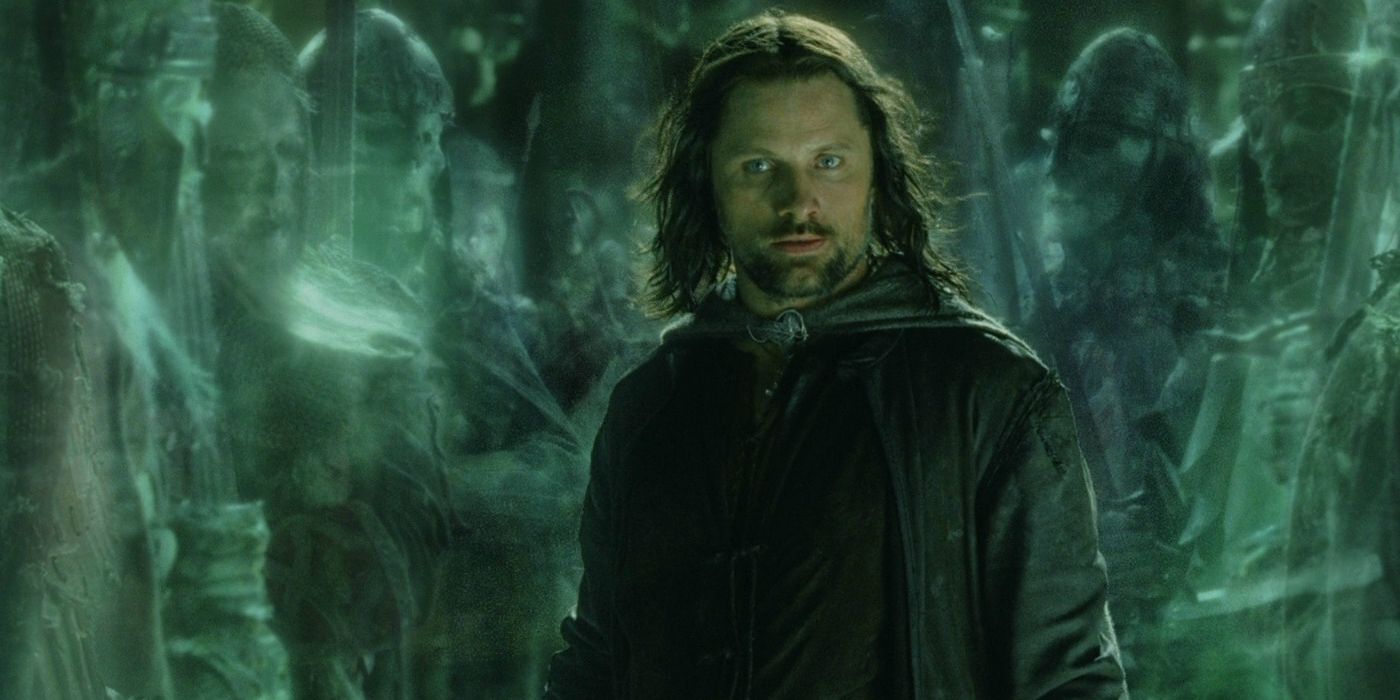
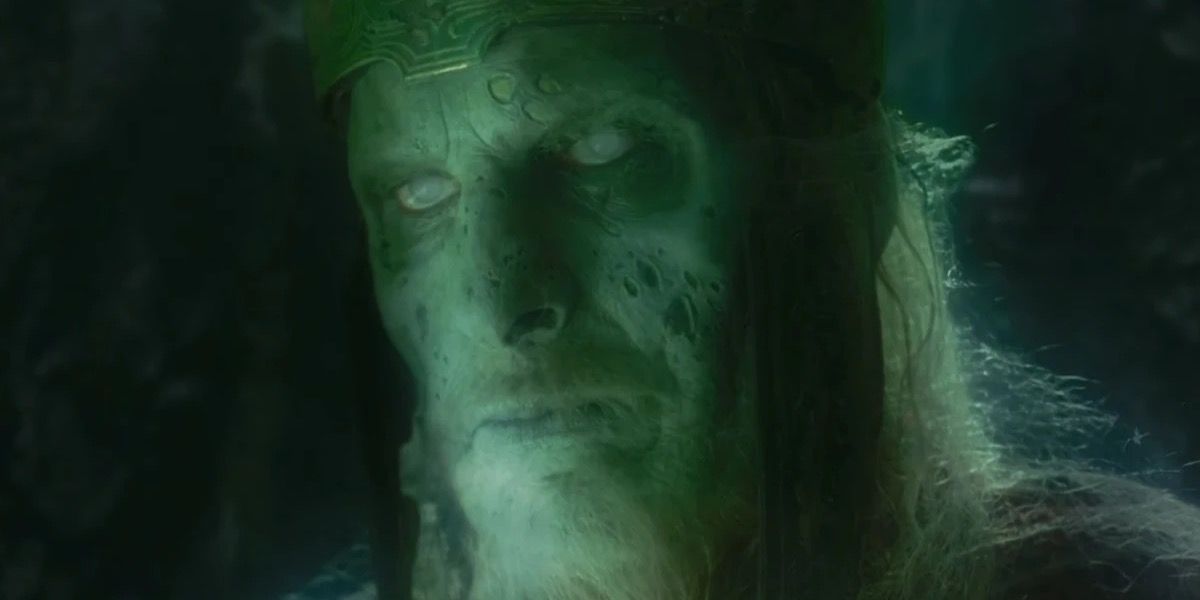
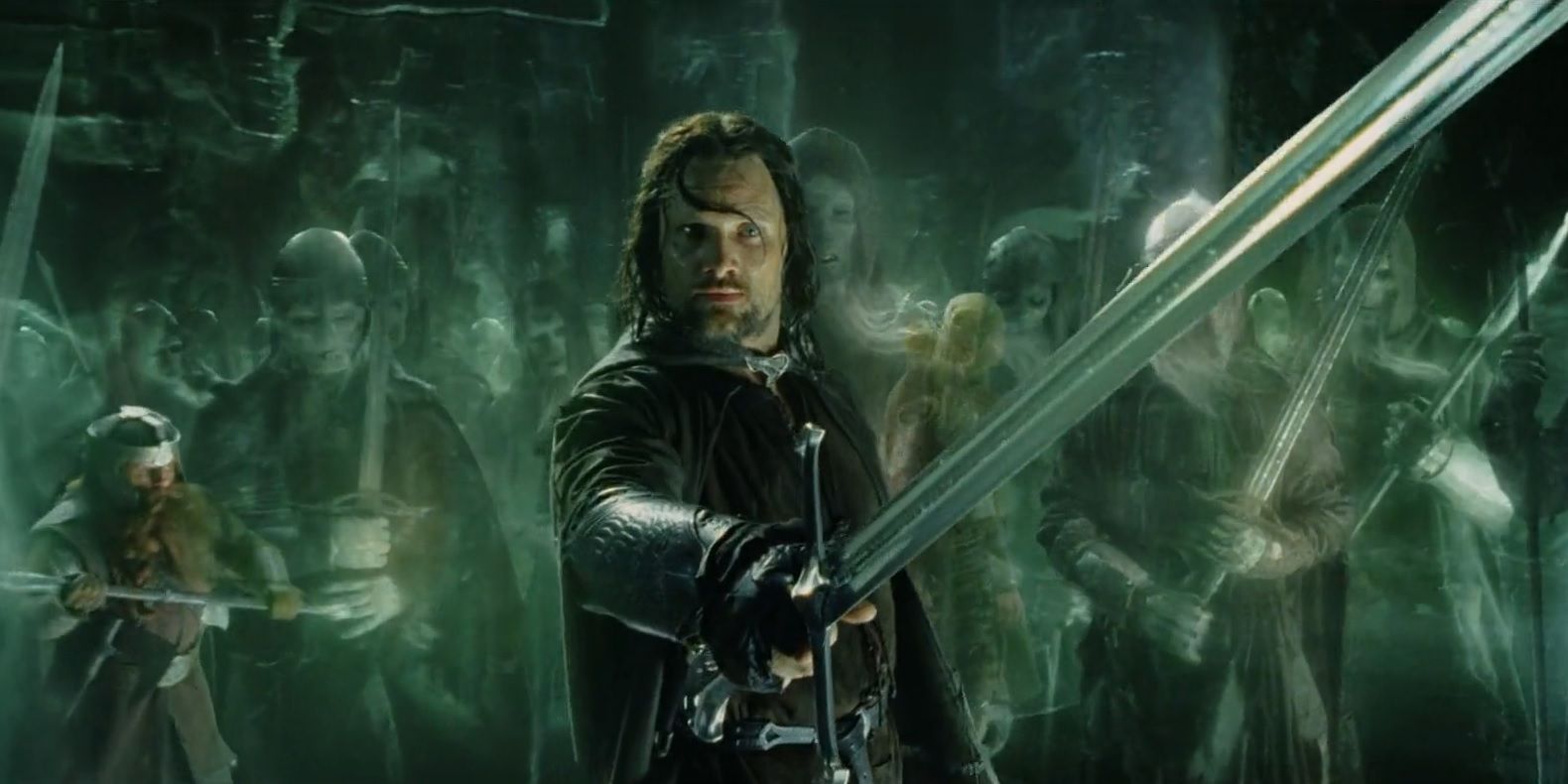




In the Third Age, Dunharrow became the territory of the newly formed kingdom of Rohan. Baldor, son of the second King of Rohan, entered the tunnels of the White Mountains while exploring the borders of his kingdom and never returned. The Rohirrim believed that the wrathful ghosts of the Oathbreakers killed Baldor. After his disappearance, the Rohirrim refused to enter the tunnels, which they renamed the Paths of the Dead. According to legend, shadowy figures lurked near the entrance to the Paths of the Dead at night, guarding it against all living things.
Despite the threat the Paths of the Dead posed, the rest of Dunharrow remained strategically important to Rohan. It lay just south of Rohan’s capital city, Edoras, and it was well-fortified. Because of this, Dunharrow was an ideal location to which the Rohirrim could retreat. When King Théoden brings his soldiers to Helm’s Deep in The Two Towers, he tasks his niece, Éowyn, with overseeing civilians in the safety of Dunharrow.
Why Did Aragorn Take the Paths of the Dead?
He Needed a Shortcut and Reinforcements
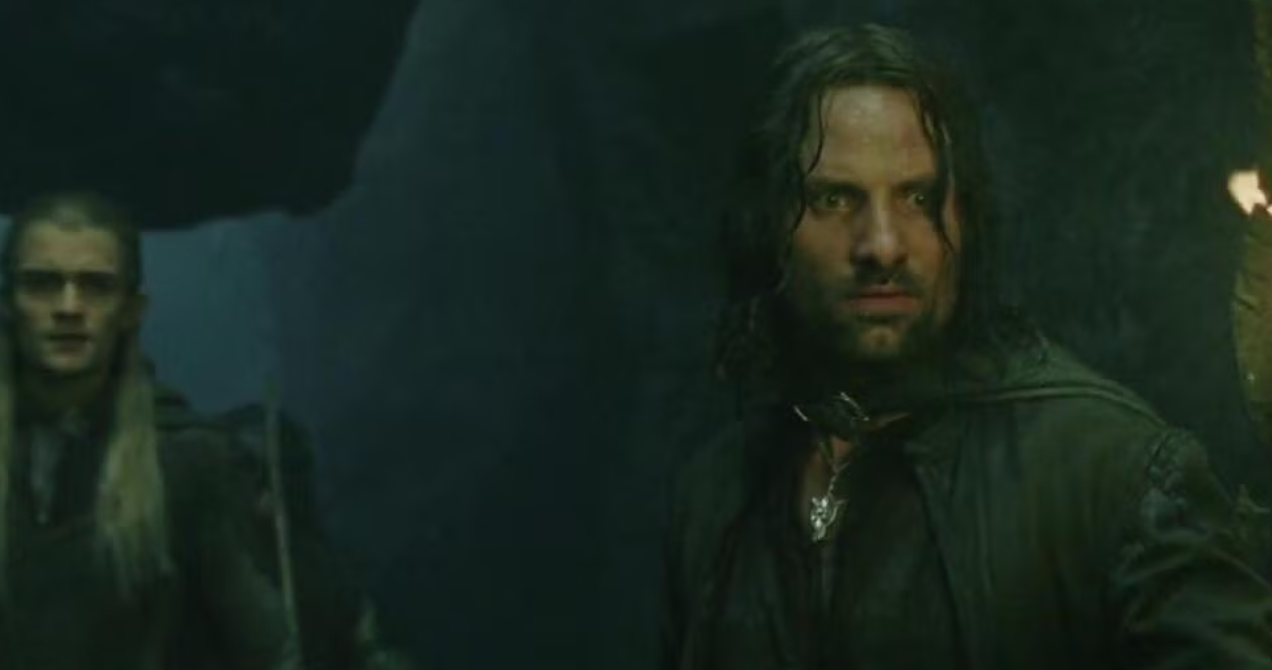
Dunharrow becomes even more significant in the story of The Lord of the Rings during The Return of the King. As the Rohirrim ride to aid Gondor in the Siege of Minas Tirith, they meet up with Aragorn, Legolas, Gimli, the Rangers of the North, and Elrond’s sons Elladan and Elrohir near Dunharrow. It will take the Rohirrim over a week to reach Minas Tirith, which Aragorn believes is too long, but he knows of a shortcut to Gondor: through the Paths of the Dead. Théoden is horrified by this suggestion, but Aragorn can not be swayed.
While the Rohirrim take the long way around, Aragorn and his companions make for the Paths of the Dead. When the Rohirrim learn of this, they are certain of Aragorn’s death. For example, in the chapter “The Muster of Rohan,” Éomer says, “He is lost. We must ride without him, and our hope dwindles.” Yet Aragorn was confident that he could not only survive the journey but gain new allies in the process. Elrond’s sons reminded Aragorn of a prophecy by Malbeth the Seer that the heir of Isildur would come to the Paths of the Dead and that the Oathbreakers would fulfill their vow at long last.
Aragorn Broke the Men of Dunharrow’s Curse
He Called Upon the Men of Dunharrow to Fight
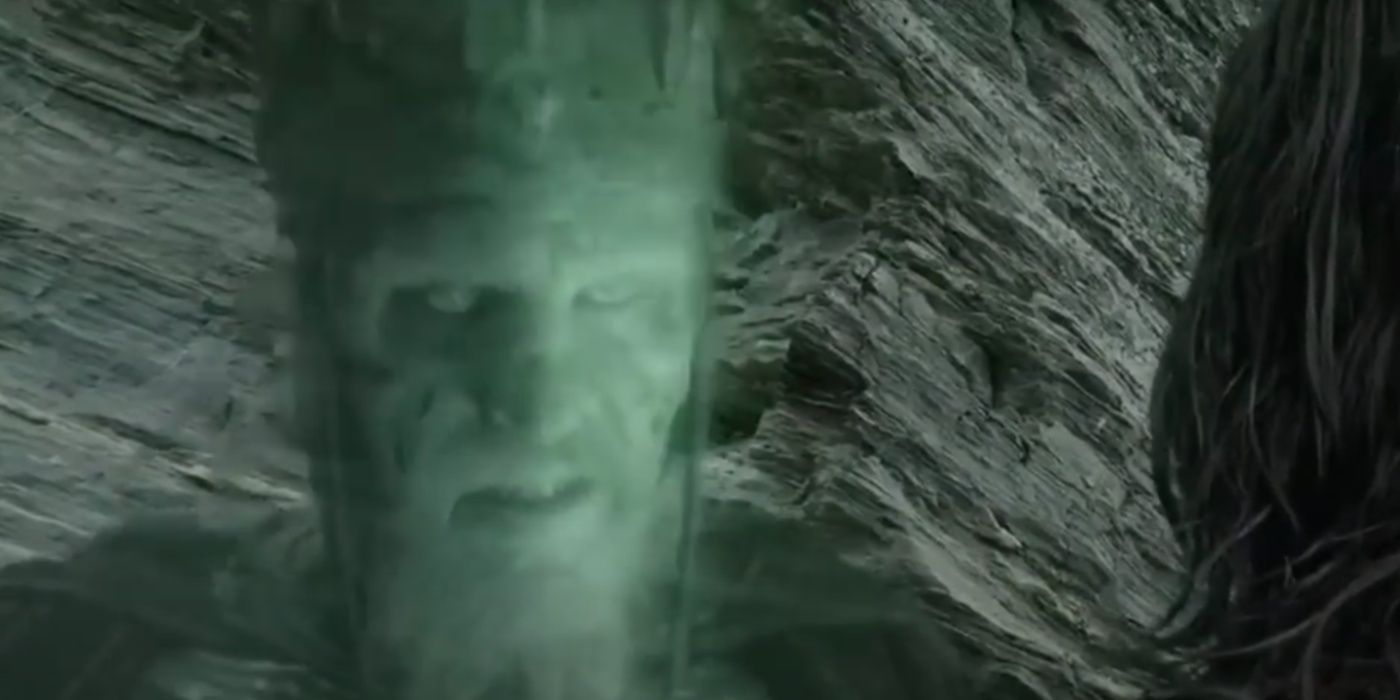
Aragorn and his companions rode through the Paths of the Dead to the Stone of Erech, which was a symbol of Isildur’s authority. There, Aragorn blew a silver horn that Elrohir gave him to summon the Oathbreakers. He could not see them at first, but he felt their presence in the form of a cold wind and whispers. Aragorn told them, “The hour is come at last. Now I go to Pelargir upon Anduin, and ye shall come after me… I will hold the oath fulfilled, and ye shall have peace and depart forever. For I am Elessar, Isildur’s heir of Gondor.”
The Oathbreakers allowed Aragorn and his companions safe passage, and they scared away the Corsairs of Umbar that plagued Gondor. When this deed was done, Aragorn declared that they had redeemed themselves for abandoning Gondor in its time of need. They dropped their weapons, and after thousands of years, they were finally able to rest. Aragorn and his companions then commandeered the Corsair’s ships and sailed the rest of the way to Minas Tirith.
Peter Jackson Changed the Events Around the Oathbreakers
He Included Them In the Battle For Minas Tirith
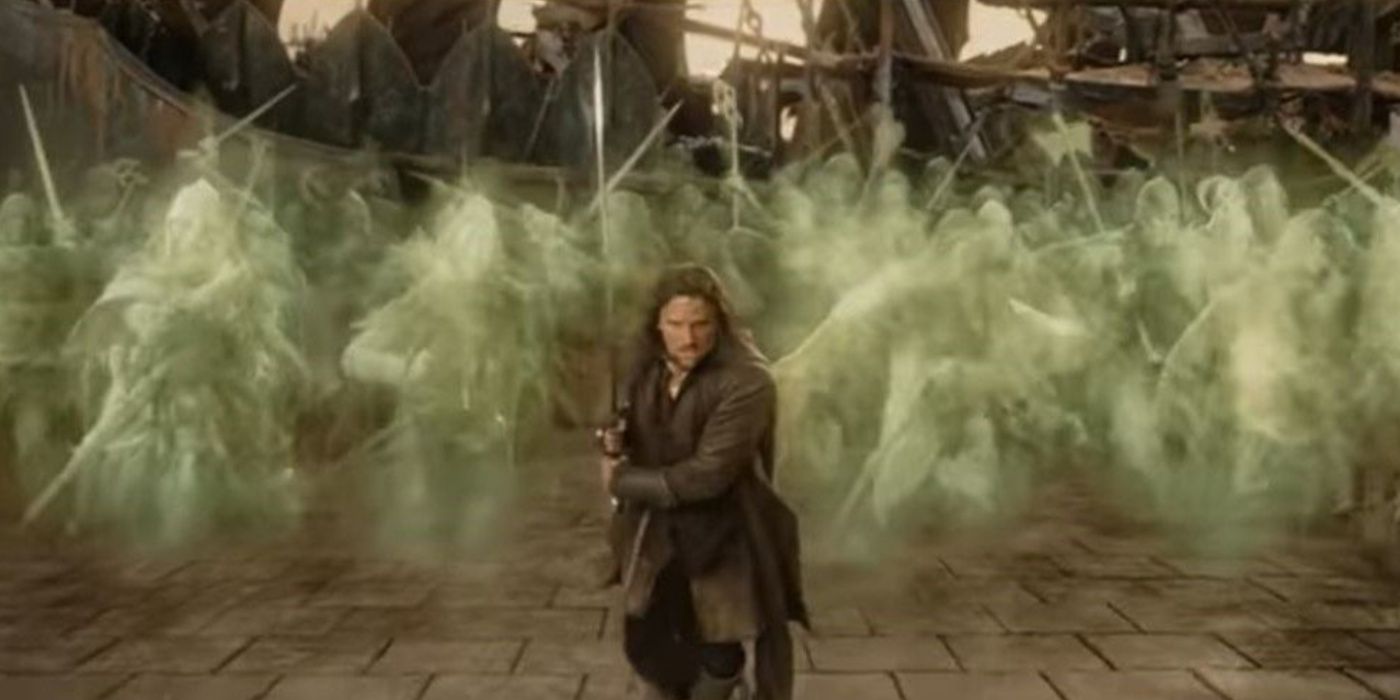
Jackson’s version of The Lord of the Rings made some alterations to the events at Dunharrow. In the film, The Return of the King, only Legolas and Gimli accompanied Aragorn through the Paths of the Dead, not the Rangers of the North or Elrond’s sons. The Stone of Erech was also absent from the film. Aragorn’s conversation with the Army of the Dead instead occurred within the dark depths of a cavern in the White Mountains.
Like in the novel, the phantoms agreed to aid Aragorn, but their help did not end at the Corsair ships. In the film, they accompanied Aragorn, Legolas, and Gimli to Minas Tirith, where they charged onto the battlefield and helped end the Battle of Pelennor Fields. Violence and disgrace stained the Men of Dunharrow’s history, but one of Aragorn’s first acts as King of Gondor allowed them to reclaim their honor and find peace.




